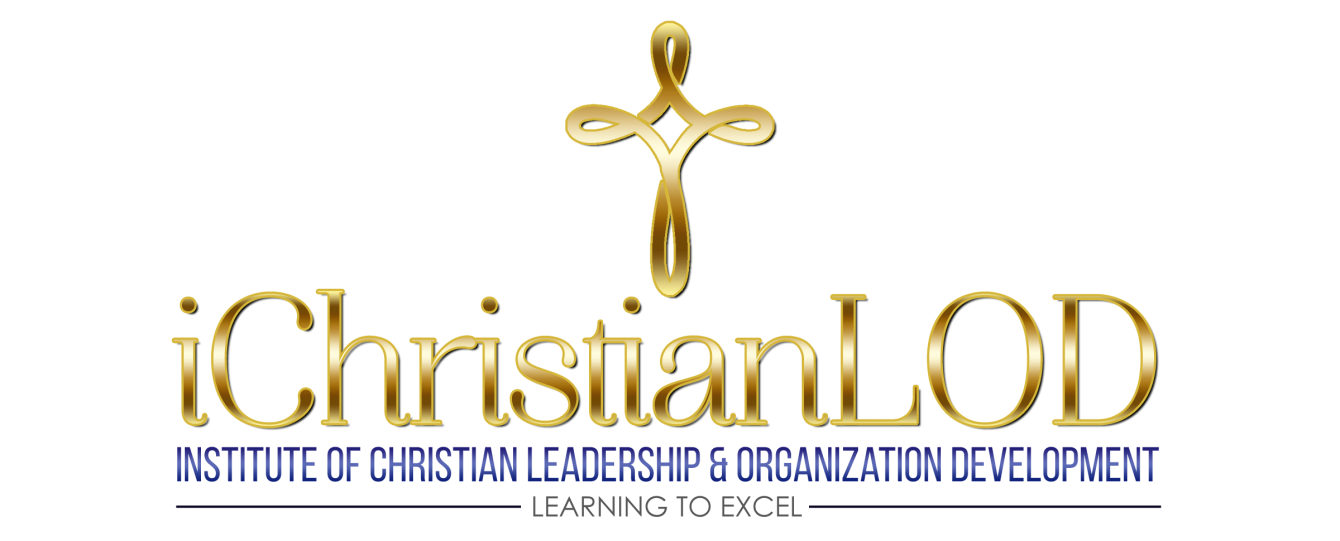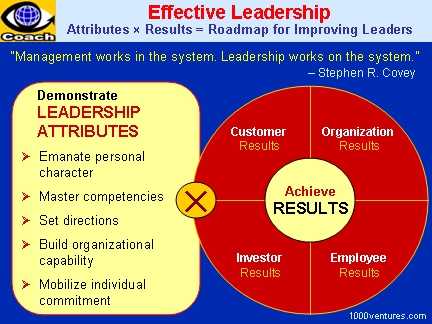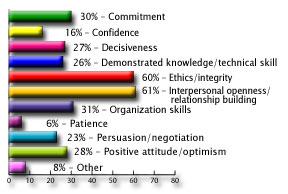5 Strategies for Resolving Conflict
Quick Tips for Managing Everyday Conflict
Conflict can be manageable, when you understanding the cause, and know definite strategies to resolve it.
Decide on your ultimate goal by isolating side issues
What do you really want to do? Isolate the conflict from side issues like what others want or think. Example. If you were a human resource manager seeking to fill a position, your primary goal would be to select the best candidate for the open position in the department. That means you may have to overlook who expects to get the position, or what others want.
Ascertain the Real Source of the conflict
There are three main causes for most conflicts: personality differences, communication differences, and structural differences. To resolve a conflict, you have to clearly understand the real cause of the conflict. Personality differences involve personal idiosyncrasies, value and education differences, or individual chemistry that just doesn’t mix. Conflicts arising from personality differences are typically handled through education and tolerance training. Conflicts caused by communication differences are misunderstandings due to some type of cultural or age differences, or where people speak different languages. This requires training in effective communication. Conflicts caused by structural differences are the result of interactions between employees in different departments with different goals. Negotiation is key. If possible, make it a win-win for everybody.
Choose the Best Conflict-Handling Style
There are five primary strategies for handling conflicts. Neither of the five always works best in every situation.
· Collaboration
· Compromise
· Avoidance
· Accommodation
· Forcing
Collaborating is a win-win style that looks for solutions where everyone wins. Everyone’s interests are addressed. It works best when time is not an issue and when the conflict is too important to be compromised.
Compromise is a style where everyone wins some and everyone loses some. It works best when both sides of the conflict are equal in power, or you need a quick fix to a complex problem.
Avoidance should be used for trivial conflicts. It often means taking the high road. It’s an ideal style when emotions are high and the potential for disruption is more costly than an immediate resolution.
Accommodation is a good choice when its important to maintain harmony in relationship. It means putting the other person’s needs and desires above your own, and it works well when the dispute is not that important to you. It also allows you to build points for the next dispute, which might be more important to you.
Forcing is a style used by people with formal authority to resolve a dispute. It works well when there is a shortage of time, or when unpopular actions need to be taken.
Oliver, J.M. et al. (2009). Interperson professional communication: National American University. Pearson Custom Publishing. United States of America.





